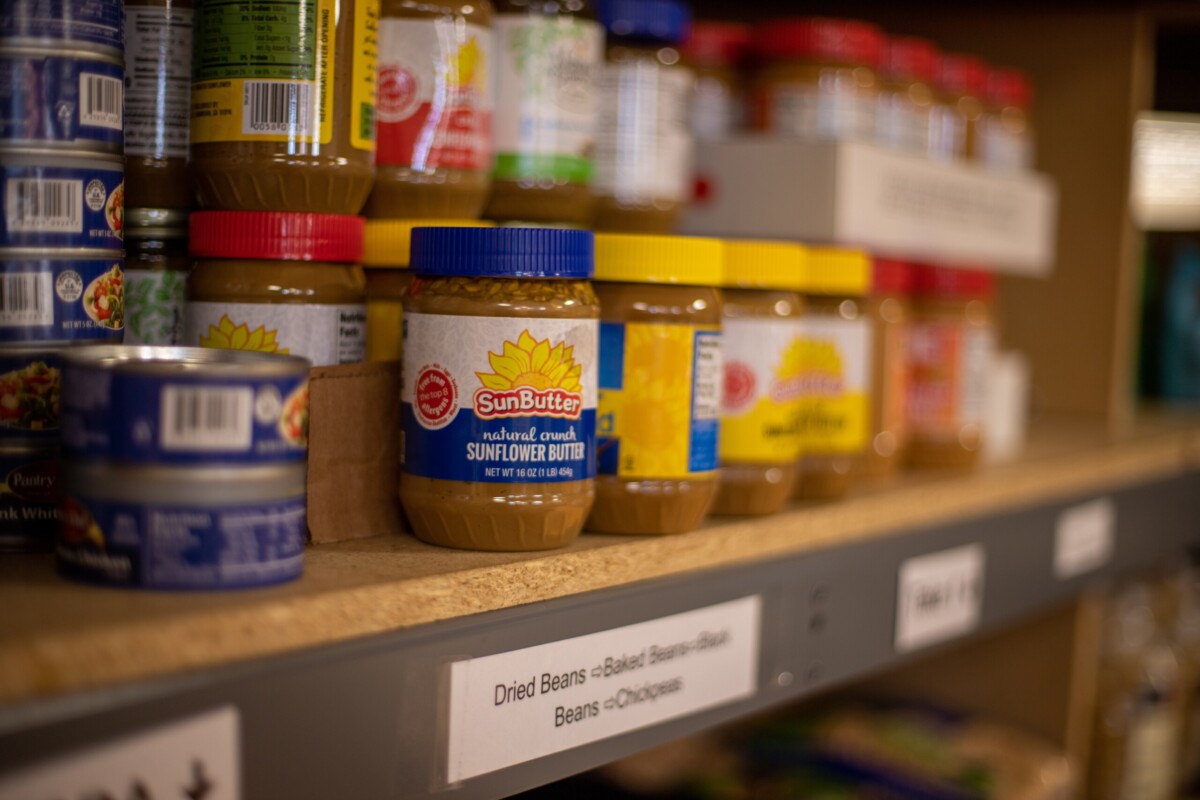
Get on the Pathway to Passionate Philanthropy, Not Forgettable Fundraising
In Part 1 I laid out why philanthropy inspires, and fundraising tires.
Fundraising must be done, of course, but there’s something about how it’s too often practiced that turns too many people off.
It’s the “fund” part of the word. This makes people think it’s all about money, when really it’s all about valued outcomes.
These valued outcomes are shared by many who care about the cause.
- Donors and non-donors.
- Employees and volunteers.
- Users and providers of services.
- Development departments and program departments.
All these folks have a collective stake in the love and mission-focused organization’s survival.
Because all of them are dedicated to making the world, or some small corner of it, a better place.
How Philanthropic Stakeholders Get Disenfranchised
When fundraising is delegated to the development committee, or the development director, it disenfranchises a huge segment of folks who care about sustaining the cause — both internally and externally.
Similarly, when donors are competed over, donors are disenfranchised. This may take the form of non-cooperation or even outright war between those who should be facilitating philanthropy.
Internal competition, the “it’s not my job” syndrome, and a combative tug of war over resources, pit people against one another just when they should be working together towards their common goal.
- One program of the university or hospital vs. another.
- The national organization vs. a local branch.
- One department within development vs. another (e.g., fundraising vs. marketing; annual vs. membership; annual vs. major gifts; annual or major vs. capital or planned legacy gifts).
Fundraising Silos Make No Sense
They are the opposite of donor-centered, and take away donor opportunities and choices.
They alienate supporters rather than attract them.
And they marginalize some of the organization’s best leaders, keeping everyone in their “proper place.”
Amid growing realization within the social benefit sector that this is leading to unsustainable levels of donor attrition, the Walter and Evelyn Haas, Jr. Fund commissioned the report, “Beyond Fundraising: What Does it Mean to Build a Culture of Philanthropy?” I’m revisiting this report today because the world’s problems are too great to be losing so many donors (review the data in Part 1). We’ve known for at least a decade how to fix this, but it’s still not happening.
Time to Take Building an Organization-wide Philanthropy Culture Seriously!
What’s special about this report is it lays out concrete ways for nonprofits to consistently take better care of their constituents. The better care you take of stakeholders — all of them — the better care they’ll take of you. This is pretty much human nature, and why we find some version of the Golden Rule in most cultures and religions. “Do unto others as you’d have them do unto you.” “Do not do unto others as you’d not have them do unto you.”
Treat all people, donors and non-donors, as your partners in philanthropy.
Creating a culture of philanthropy is the pathway to sustainability.
The Haas, Jr. Fund report suggests four components that constitute a culture of philanthropy – things you can use as a checklist to see how much work lies ahead of you.
4 Components of a Culture of Philanthropy
- Development staff are always included in organizational decisions.
No major program, strategy, financial or other organizational decision or planning is made without the lead development person in the room.
- Program staff play an active role in relationship building.
All program staff play an active role cultivating relationships for the organization and this expectation is integrated into job descriptions and conveyed as a priority in the hiring process.
- Fundraising and engagement are inextricably linked.
There is one database containing everyone who is affiliated with the organization, whether they are donors, volunteers, newsletter subscribers, etc.
- Transformational relationships take priority over transactions.
Relationships, not transactions, are the focus. The organization treats people who aren’t donors the same as it does donors and sees all as partners in its efforts.
How Do You Know Whether You Have a Culture of Philanthropy?
Aside from the four components suggested by the Haas Fund, Jr. report, there are many key indicators which can be observed. Below I list those I consider most useful:
- Your leadership understands the difference, and connection, between philanthropy, development and fundraising.
Philanthropy is the motivating value, development is the management of a systematic and strategic program to uncover shared values, and fundraising is the value-matching action. Fundraising flows naturally out of a culture of values-based philanthropy.
- You have a “Statement of Philanthropic Values.”
One of the most important drivers of donor loyalty is shared values. You need to have an organization-wide discussion to determine yours. How do you want to treat your clients? Your employees? Your donors? Make sure you engage key stakeholders in this discussion. Ever after, put your values out there. Post them in your lobby. Include them on your website. Publish them in your annual report. Incorporate them in employee job descriptions. Walk the talk in everything you do.
- You include donors as stakeholders in your organization.
You make serving them, and helping them find meaning, part of your mission. You do not capture, objectify or caricature them. They are not a burden, or targets. They are investors in a mission you both care about. It’s your job to take donors on a transformative journey that gets them to where they can “self-actualize” and become the people they yearn to become.
- You prioritize relationship building so fundraising is a natural outgrowth of your work.
It’s your job to assure donors have multiple contacts with staff, rather than a single relationship with a fundraiser. This way they learn about the depth and breadth of what you do, becoming increasingly engaged and loyal to your cause. You value donors for more than their money, thereby becoming a catalyst for social change as you facilitate philanthropy.
- You embrace philanthropy as everyone’s job.
All associated with your cause are acting for the public good and leading others in a movement. This means everyone gives – all staff and all board. If your leaders don’t walk the talk, then why should others follow? To preach religion you must first get religion.
- You embrace fundraising as everyone’s job.
Anyone in your organization can make a values match – whether as ambassador, advocate or asker. Train all staff to be enthusiastic communicators. Make sure all staff know how to recognize and handle potential donors. Assure all public-facing interactions are customer-service focused. No one should ever say “that’s not my job.”
-
The next time you’re thinking about hiring a development director, putting them over in the corner and setting them loose to solve all your financing problems, think again. All staff must be involved.
-
The next time you’re thinking about establishing a board development committee, putting them over in the corner and setting them loose to carry out your board’s fundraising responsibilities, think again. All board must be involved.
-
The next time you recruit a board member and they say “I’ll do anything but fundraising,” think again. No one gets a “pass.”
No one is absolved from resource development responsibility, unless you want to go out of business.
Other Specific Suggestions for Creating a Culture of Philanthropy
These can all be gleaned from the Haas Fund, Jr. report. They include:
- Performance Evaluations: Include development goals in annual performance evaluations for non-development staff.
- Finance and Development: Have your Director of Development sit on the board’s Finance Committee.
- Development Plan: Share the goals and strategies of your annual development plan with all staff.
- Board Accountability: Include an amount the board is responsible for raising in your development budget.
- Program Planning: Have members of your development staff participate in program planning activities so that your investors’ (donors and funders) voices are included in the process.
- 100% Board Giving: Ask that every member of your board consider your organization one of their top philanthropic priorities.
- Staff Giving: Conduct an annual campaign among your staff members, with your Executive Director and Director of Development leading the way.
- Stewardship: Steward your internal donors – ensure that your board and staff members know first-hand how much impact their financial gifts make.
What Does a Culture of Philanthropy Boil Down To?
The business you’re in. Social benefit. Love (philos) of humankind (anthropy).
Too often we define ourselves by what we’re not – nonprofit. It’s time to define yourself by what you are.
The business of philanthropy is philanthropy.
Though part of your role is most assuredly to secure financing to fulfill your mission, it’s not just about money. The other part of your role is fundamentally about love. Communal values. Deeply felt passions. Shared outcomes. Group endeavor.
“Creating a culture of philanthropy and stewardship is not about creating an organization of solicitors—but rather creating a group of people who believe in the power of philanthropy and the organization’s mission, and who embrace their role in that work.”
– Karen Osborne, President, The Osborne Group
NOTE: I would be remiss if I didn’t mention that the Haas Fund, Jr.’s report no doubt owes gratitude to many of the sector’s leaders who’ve written eloquently about a culture of philanthropy in the past. I mention just a few who’ve inspired me, including Hank Rosso, Robert Payton, Simone Joyaux, Kay Sprinkel Grace, Gail Perry , Jeff Schreifels, Richard Perry and Penelope Burke. If I’ve missed anyone important, and I’ve no doubt done so, please let me know! And please share your thoughts in the “comments” section, below.
I look forward to building on these ideas and helping organizations take their supporters on inspiring and passionate philanthropy journeys.
Image of Muir Woods California by Caleb Jones on Unsplash
#Meaning #Philanthropy #Fundraising #Part










